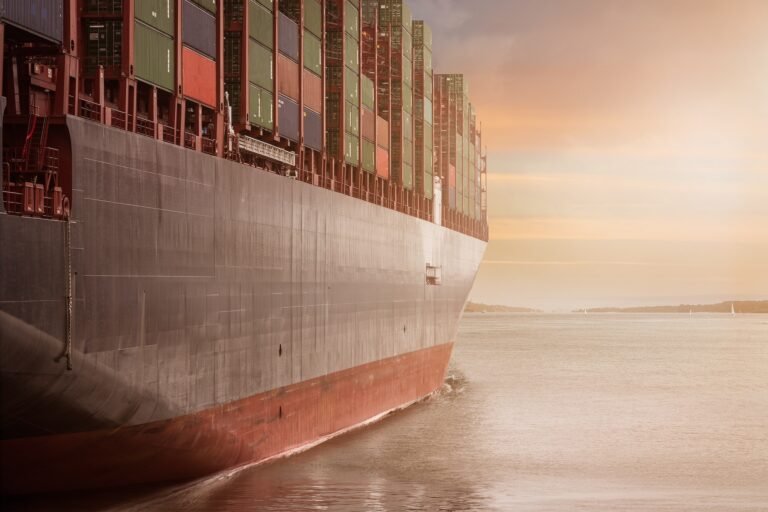Shipping heavy equipment internationally will require attention to detail (especially if you’re trying to save money).
Here’s what to consider when shipping heavy equipment and what to keep in mind if you want to save money. From insurance to taking the right steps, we’ll cover it all below.
Let’s get started.
What to consider when shipping heavy equipment internationally?
Work with experts
The most important factor you want to consider when shipping heavy equipment (especially internationally) is the company you choose to ship your equipment. With potentially hundreds of thousands of dollars invested, it is paramount that you do not entrust your equipment to a company that does not know the ins and outs of shipping heavy equipment.
With several types of shipping available, you’ll need to rely on the expertise of your shipping company to help guide you through the process. The experts will also understand the need for comprehensive insurance coverage and will be able to arrange this and provide you with the documentation so you can sleep easy knowing your heavy equipment will be taken care of along the way.
Dimensions
It is vital that you have the correct sizes available to your shipping company before handing your gear over for shipping. The reason is that they need to plan well in advance for the type of shipping container to be used and logistically plan whether you will be using roll on/roll off, load/unload, or typical cargo containers for your shipment.
Without these dimensions, your quote will vary greatly and you may end up with a large price discrepancy (and even fines) for having the wrong dimensions upon arrival. You may end up having to forgo the entire shipment if there is no more space on the ship.
Customs and shipping fees
The fees will be a large part of the delivery cost. This will vary from country to country, as will the total amount the heavy equipment is worth. You will need to do some prior research for the country you are dealing with.
Unfortunately, your shipping company won’t be able to offer you any help here, as the amount the fee will come out to is out of their hands. It’s still important that you go with a shipping company that knows these regulations and rules and can handle it properly so your equipment isn’t stuck in government limbo for months.
Timing
The timing of your delivery will also be crucial. If you need your equipment on a specific day, you will need to plan well in advance to avoid showing up late. To save money, it’s best to plan shipping months in advance to keep the price down.
If you bundle a large delivery, you may be able to get a bigger discount. It’s best to get multiple quotes at once with a company like A-1 Auto Transport, who can connect you with heavy equipment professionals who know the industry well and can take care of your heavy equipment so it arrives in one piece.
insurance
Insurance will be another factor to consider when trying to save money while shipping heavy construction equipment. Your equipment may be out in the open if you choose a shipping method such as roll/unroll, putting it even more at risk.
While it may seem like a good idea to cover only the bare minimum of your total shipping, it will be a huge risk as you never know if your items will be damaged, stolen or mishandled during the shipping process.
One way to save money is to get quotes from insurance companies and negotiate them. If your carrier has insurance connections, they may be able to help. This will further increase the importance of hiring a well-reviewed shipping company that knows the ins and outs of the heavy equipment transportation industry.
conclusion
In conclusion, shipping heavy equipment internationally requires careful consideration of several factors. Choosing a reliable shipping company with experience in transporting heavy equipment is crucial.
Entrusting your valuable investment to a knowledgeable and experienced company ensures that your equipment will be properly handled throughout the shipping process. Providing accurate dimensions to the shipping company is vital to avoid price discrepancies and potential issues with container selection. Understanding customs regulations and shipping rates is essential to avoid delays and complications at the destination.
Planning ahead for delivery time and exploring options for batch shipments can help keep costs down. Finally, obtaining comprehensive insurance coverage and working with insurance providers and shipping companies with relevant connections can provide additional protection and peace of mind. By considering these factors, you can ensure the safe and efficient transportation of your heavy equipment internationally.

